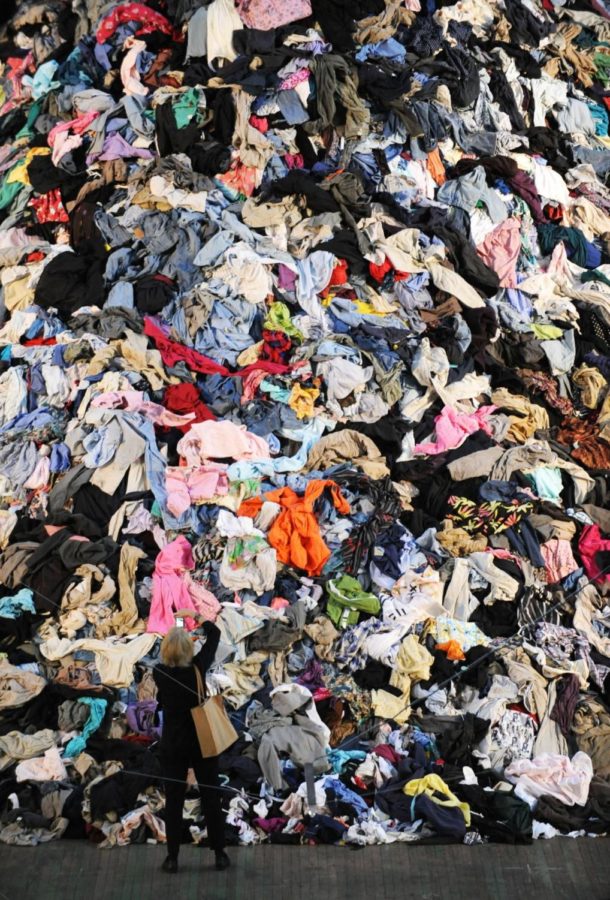Fast Fashion
October 25, 2021
What is fast fashion? Fast fashion is an inexpensive way of rapidly mass-producing clothing to cater to the latest trends. It was popularized in the 90s, which people mainly associated with Zara. When the company came out with new collections every month, which was very untraditional to most common clothing brands. Usually had collections for four seasons and you could expect to continue to wear that collection for multiple upcoming seasons.
Fast fashion benefited the brand in many ways. The clothes were not needed longer than the trend would; the clothes didn’t have to be made to last much over a month, making them much more cost-efficient.
As more fast fashion brands gained popularity, so did clothing consumption, because the prices were much lower than before. Since the 90s, garment prices on average have stayed the same and not risen with inflation.
The fashion industry’s impact on the environment, climate crisis, and pollution is a very controversial topic. Some people argue that clothing should not be treated as disposable, nor should it even be mass-produced. Others believe as long as garments are not over-consumed there is no problem, and it’s an affordable choice as ethical and sustainable clothing brands are accessible to everyone and nor are thrift store/second-hand shopping.
Greenwashing, also known as “green sheen,” is when a company or brand makes false or misleading claims marketing themselves or certain products as “sustainable,” “eco-friendly,” “environmentally friendly,” etc.
A study taken of the 12 top British and European fashion brands shows that 60% of brands claiming to be “sustainable” are greenwashing. Some examples of brands that do this are H and M, Forever21, Aritzia, Pacsun, and Urban Outfitters.
The Trend cycle is the trends like the 70s, 80s, 90s, and 2000s fashion. The order of how different decades’ fashion repeats and has repeated throughout the years. An example of how these trends have repeated is the 2000s and 90s fashion, which are often mixed up. The reason for this is that 90s fashion trends repeated in the early 2000s and were labeled as y2k fashion, which has recently again become popular. As of right now, early 2000s fashion was trendy and as winter goes on we’ve started to see more of 2010s winter fashion.
The consumption of inexpensive, fast, and trendy clothes is very much promoted by teens, influencers, and even some celebrities. Trends through the past years have been coming and going much faster than before. This helps fast fashion brands a lot by giving them more clothes to produce that likely will not stay in style for much time, helping them gain more loyal and repeat customers.






























































































































lauren kramer • Nov 4, 2021 at 10:36 am
I never really thought about fast fashion and what it means. This article was very interesting because it made me think of clothing that doesn’t last long and actually is made that way on purpose. The clothing that came to mind for me was DIP because it only has a few uses before it begins to fall apart.